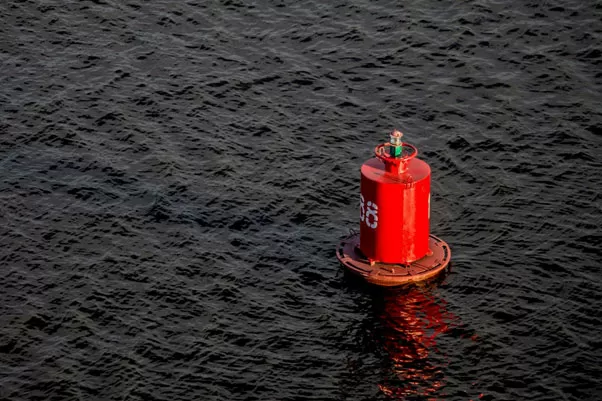Significant progress has been made globally in implementing national and local disaster risk reduction strategies. Yet, the impact of disasters on lives and economies persists, and disaster resilience remains one of the most regressed areas in Sustainable Development Goal (SDG) implementation. Moreover, with the intensifying effects of climate change, the frequency and severity of disasters are only expected to increase. This is why it is crucial for nations to not only continue their efforts in disaster risk reduction but also to step up their game and prioritize disaster resilience.
Under a 1.5°C warming scenario, the world is already experiencing the devastating effects of disasters. From extreme weather events to natural disasters such as earthquakes and floods, the toll on human lives and economies is immeasurable. According to the United Nations Office for Disaster Risk Reduction (UNDRR), over the past two decades, disasters have claimed an estimated 1.3 million lives and caused $2.97 trillion in economic losses. This is a wake-up call for all nations to take swift action and strengthen their disaster resilience.
One of the key drivers of disaster risk reduction progress is the Sendai Framework for Disaster Risk Reduction (2015-2030). This framework, adopted by UN member states, aims to reduce disaster risk and losses in lives, livelihoods, and health, as well as protect critical infrastructure and cultural heritage. Since its adoption, many countries have made significant strides in implementing national and local disaster risk reduction strategies, as well as integrating disaster risk reduction into their development plans. For instance, the Philippines, a country prone to typhoons, has made great progress in strengthening its early warning systems and building disaster-resilient infrastructure, which has significantly reduced the impact of disasters on its people.
However, despite these efforts, there is still a long way to go in achieving disaster resilience. The 2019 Global Assessment Report on Disaster Risk Reduction highlights that disaster resilience is one of the most regressed areas in SDG implementation, with only 6 out of 169 targets showing progress. This is a concerning reality, especially in the face of climate change, which is expected to exacerbate the impacts of disasters.
Climate change is a global challenge that requires a global response. The 2015 Paris Agreement on climate change aims to limit global temperature rise to well below 2°C above pre-industrial levels, with the goal of limiting it to 1.5°C. However, current pledges from countries are not enough to achieve this goal. This is why it is essential for countries to not only focus on reducing greenhouse gas emissions but also on building disaster resilience. Disaster resilience is a crucial component of climate change adaptation, as it helps communities withstand and recover from the impacts of extreme weather events and natural disasters.
Building disaster resilience requires a whole-of-society approach. This means involving all sectors and stakeholders, including governments, communities, civil society, private sector, and academia. It also requires a shift in mindset from reactive to proactive measures. Instead of waiting for disasters to happen and then responding to them, countries need to invest in disaster risk reduction and preparedness measures. This includes early warning systems, emergency response plans, and disaster-resilient infrastructure.
Furthermore, disaster risk reduction and climate change adaptation should be mainstreamed into development planning and policies. This means ensuring that disaster risk reduction and climate resilience considerations are incorporated into all sectors, such as agriculture, urban planning, and infrastructure development. By doing so, countries can reduce their vulnerability to disasters and build a more sustainable and resilient future.
In conclusion, while significant progress has been made globally in implementing disaster risk reduction strategies, the impact of disasters on lives and economies persists. Disaster resilience remains one of the most regressed areas in SDG implementation, and the intensifying effects of climate change only add to the urgency of building resilience. It is crucial for countries to continue their efforts in disaster risk reduction and step up their game in prioritizing disaster resilience. By working together and taking proactive measures, we can build a more resilient world for ourselves and future generations.



